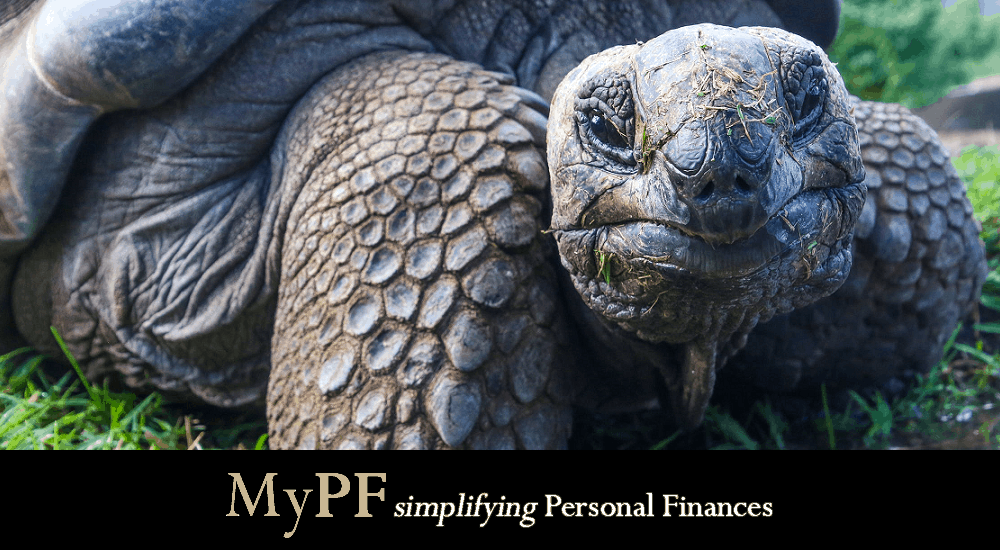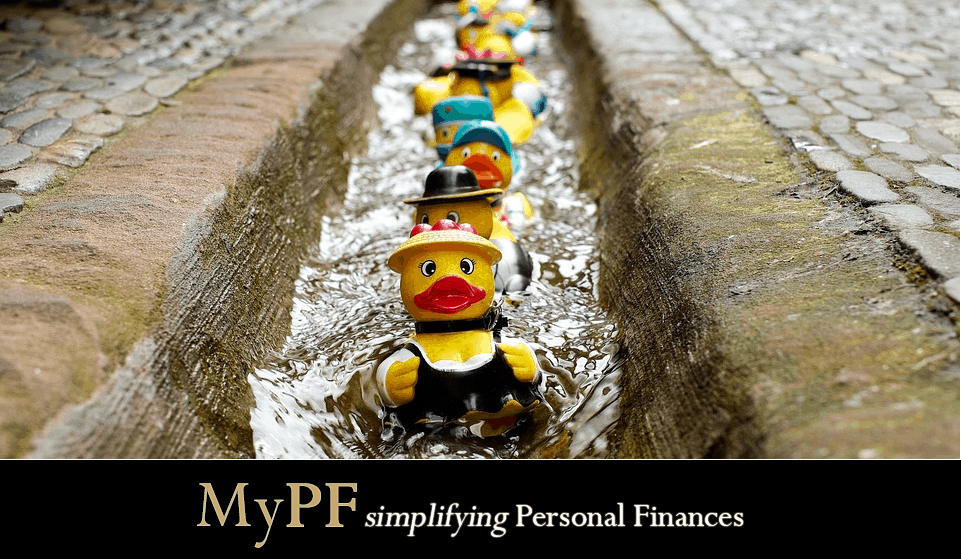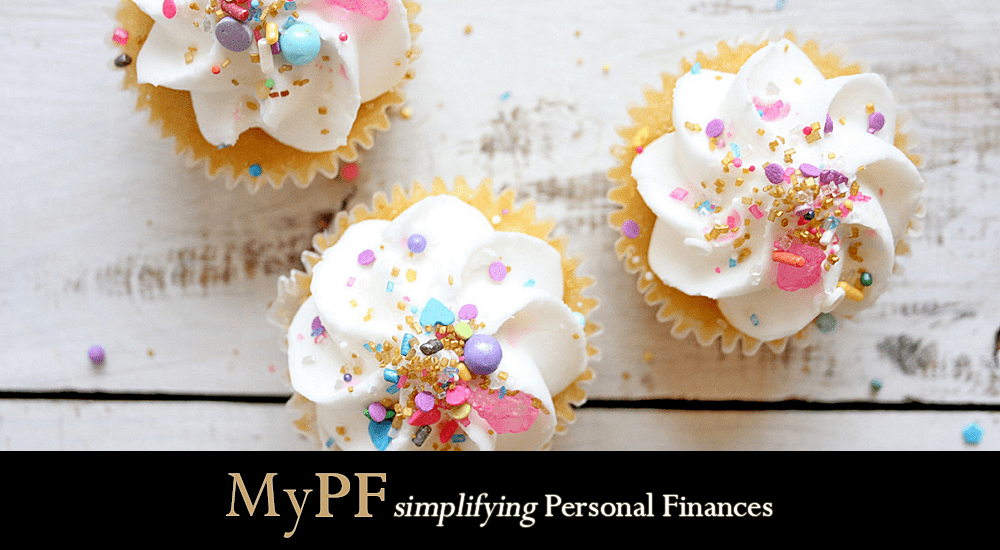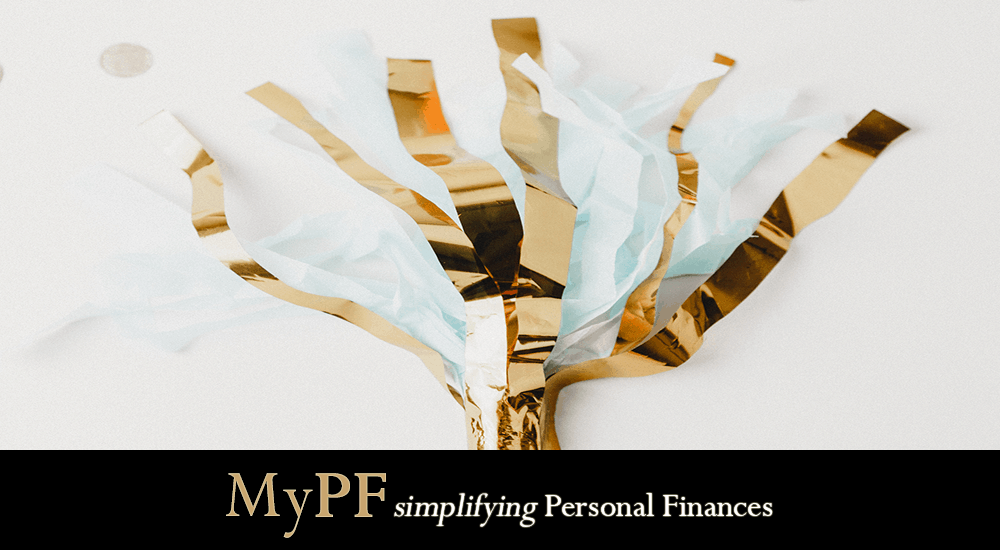With three buckets, let’s simplify the concept of asset allocation. The original version of this article was published on tonyrobbins.com.
If you are new to the world of investing, asset allocation can sound like a mouthful. But although it is the most important investment decision you will make, the concept is not as complicated as you might think. (It is the practical application of that concept that the majority of investors fail to execute. Don’t worry, we’ll cover both.)
Essentially, asset allocation determines how you’re going to break up your resources. The trick is allocating your assets in such a way that brings you the maximum reward with the minimum amount of risk. It also assures that you diversify, protecting your portfolio from sudden changes in the market.
Enter the three buckets.
There are three buckets of asset allocation: your Security Bucket, your Risk/Growth Bucket, and your Dream Bucket. Each one serves a specific purpose and should be given its due respect.
Contents
Bucket #1. Safe and Steady – The Security Bucket
The first bucket is your Security, or Peace of Mind, Bucket. This bucket will give you certainty in your life. This bucket represents the tortoise mentality – slow and steady wins the race. Except in this case, winning the race means not losing your life savings. If the Security Bucket were a car, it would be your family’s Volvo or old Toyota with 230,000 KM of mileage on it; it might not turn heads, but you’ll get to your destination in one piece.
Essentially, your Security Bucket is where you want to keep the part of your nest egg you can’t afford to lose. It’s a sanctuary of safe investments that you lock up tight – and then hide the key.
So what kind of investments would you find in – or allocate to – your Security Bucket? You want investment options with low volatility. Options such as:
- Cash/Cash Equivalents (such as money market funds with checking privileges)
- Bonds (such as TIPS, Treasury inflation-protected securities)
- Market-linked CDs
- Your home – An asset, but not an investment. This is your sacred sanctuary, so you shouldn’t be “spending” it!
- Your Pension (if you’re lucky enough to have one)
- Guaranteed Annuities (a good one!)
- Your life insurance policy
- Structured Notes (One with 100% principal protection, purchased through an Registered Investment Advisor.
These grow slowly, especially at first, but the power of compounding means you can find investments with maximum rewards in a secure environment.
Bucket #2. Fast and Volatile – The Risk/Growth Bucket
The Risk/Growth bucket is sexy and exciting because you can gain some truly amazing returns here. It’s the Alfa Romeo – beautiful and fast, but you might also end up on the side of the road wondering what went wrong. Because although you can be rewarded for your risk in these investments, you can also lose everything you’ve saved and invested. So, whatever you put in your Risk/Growth bucket, you have to be prepared to lose it – especially if you don’t have protective measures in place.
Here’s a sampling of seven main asset classes to consider:
- Equities – another word for stocks, or ownership shares of individual companies or vehicles for owning many of them at once, like mutual funds, indexes, and exchange-traded funds (ETFs).
- High-Yield Bonds (aka junk bonds)
- Real Estate
- Commodities (gold, silver, oil, coffee, cotton, etc)
- Currencies
- Collectibles
- Structured Notes (anything without 100% principal protection)
Depending on your personality, it can be easy to get caught up in great returns and forget how much you are risking in the process. Ultimately, it’s the right mix at the right time that brings you victory.
So How Much Goes In Each Bucket?
It depends on how much time you’ve got to grow your investments and how much risk you’re willing to take. Before you choose, consider these three factors: Your stage in life, your risk tolerance and your available liquidity. You’ve got to ask yourself, “How much risk can I afford to take at my stage in life?” But remember, you’re not diversifying just to protect yourself. You want to enhance your results to find the ideal blend of investments that will allow you to thrive, not just survive!
Ask yourself, “Before I invest, is this putting me at risk? Is this something I’d be better off having in my Risk/Growth Bucket or in my Security Bucket?”
Don’t Forget to Diversify!
Don’t just diversify between your buckets, but be sure to diversify within them as well. As Burton Malkiel shared with Tony Robbins, “Diversify across securities, across asset classes, across markets – and across time.” Spreading your money across different investments decreases your risk and increases your upside returns over time.
Bucket #3. Finally, Have Fun – The Dream Bucket
The purpose of the Dream Bucket is to have fun, setting aside something for yourself and those you love so that all of you can enjoy life while you’re building your wealth. It’s meant to excite you, to put some juice in your life so you want to earn and contribute even more. Think of the items you’re saving for in your Dream Bucket as strategic splurges.
Be creative! What can you not stop dreaming about? What makes you want to cry when you visualize yourself achieving it? It could be season tickets to your favorite sports team or theater. Or a new car – maybe one that isn’t so practical. It could be handing over the deed to a new home to your parents and treasuring the look on their faces. Perhaps you fly a lot and dream of upgrading from Economy to Business Class? Your imagination is the limit.
Many people have a lot of money but not much lifestyle. They spend their lives watching numbers accumulate in a bank account and miss out on the joy along the way. Your dreams are not designed to give you a financial payoff; they are designed to give you a greater quality of life.
So, How Do You Fill Your Dream Bucket?
There are three ways in which you can fill this bucket.
- Jackpots – If you get a bonus or a windfall of some kind, you may want to fuel your dream tank with it.
- Your Risk/Growth Bucket gets a positive hit and you score big. In this case, you may want to take some of the risk off the table and put one-third of the unexpected dividends into each bucket.
- Save a percentage of your income and sock it away until you’re able to purchase your dreams. This would be separate from what you’re saving towards building your Money Machine. Utilize Tony Robbins’ techniques to reach your goals faster.
Celebrate!
You’ve just made the most important investment decision of your life. And once you know what your percentage is, you don’t want to alter it until you enter a new stage of life, or your circumstances change dramatically. You’ve got to stick with it and keep your portfolio in balance.
You May Also Like
- How to Build a Diversified Portfolio
- What to Do with Your Salary Increment or Bonus
- Do I Start to Invest Today or Should I Wait?
How do you agree with these three buckets? Share with us how your bucket lists differs.










Leave A Comment